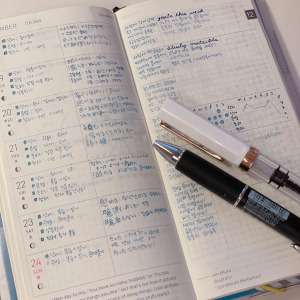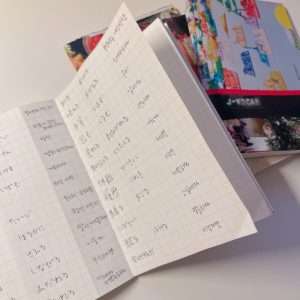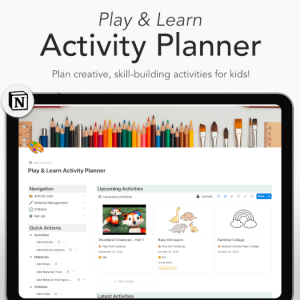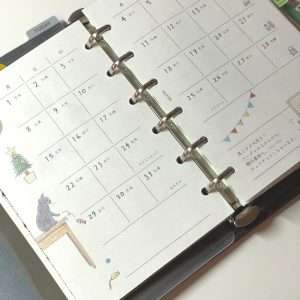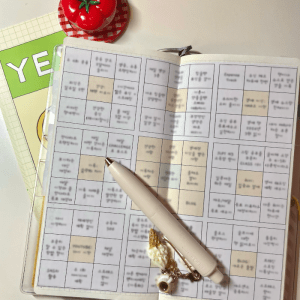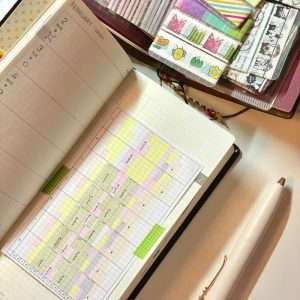What to Do After Passing JLPT N1: How I Found New Motivation
I passed the Passing the JLPT N1 on my first try. It felt like a huge milestone. And it did—for a little while. I had studied Japanese for years, structured my study schedule around the test, and worked through stacks of vocabulary cards and practice exams. But once I got that N1 certificate in my hands, I found myself at a loss—what now?
Without a clear goal, I slowly stopped studying. Days went by without opening a textbook. I didn’t feel guilty, but something felt… unfinished. If you’re in the same boat—wondering what to do after passing JLPT N1—this post is for you. I want to share how I found new motivation by returning to the things that first drew me to the language, and how you can do the same.
Table of Contents
- Why It’s Hard to Stay Motivated After JLPT N1
- Why I Started Studying Japanese in the First Place
- Using Japanese for Joy, Not Just Tests
- Post-JLPT Study Ideas That Aren’t Study at All
- How I’m Using My Japanese Now
- Common Questions After Passing JLPT N1
- Final Thoughts: What to Do After Passing JLPT N1
Why It’s Hard to Stay Motivated After JLPT N1
The JLPT gives you something very specific to work toward: a clear test date, defined study materials, and a measurable goal. Once it’s over, that structure vanishes.
I didn’t have plans to work in Japan or use Japanese professionally. I wasn’t preparing for a job interview or visa application. My main reason for studying was curiosity and personal interest. But the JLPT gave that interest shape. Without it, I realized I hadn’t thought much about what would come next.
Common signs of this post-JLPT drift include:
- Feeling aimless or lazy with study habits
- Forgetting vocabulary you once drilled every day
- Thinking “I should study” but not really knowing what to do
And that’s okay. You don’t have to always be grinding. But if you want to keep improving, you may need to shift your approach.
Why I Started Studying Japanese in the First Place
Long before I knew what the JLPT was, I stumbled across some Japanese knitting patterns. The designs were beautiful, and I wanted to try them. But every time I opened a pattern, I’d reach for my phone to translate it line by line. And even then, I wasn’t sure if I had the right interpretation.
That frustration was one of the main things that pushed me into serious Japanese study. I didn’t want to rely on translation apps anymore—I wanted to read the instructions, understand the project notes, and recognize the stitch terms myself.
That goal faded a little during test prep, replaced by grammar points and listening drills. But after passing N1, I picked up a Japanese pattern again. This time, I understood it. Not just the stitch charts, but the surrounding explanation, the little tips in the margins, even the designer’s note at the end.
It felt amazing. That small moment reminded me why I started learning Japanese at all.
Using Japanese for Joy, Not Just Tests
Another turning point was when I found The First Slam Dunk on Netflix. I’d seen people talk about it online, and since I love animation, I decided to give it a try—but without subtitles.
I expected to struggle. Instead, I understood about 90% of it.
I wasn’t analyzing grammar or translating in my head—I was simply watching, following the story, and enjoying the experience in Japanese. For the first time in a while, it didn’t feel like a challenge. I was just using the language naturally.
After that, I made a decision: no more passive drifting. If I wasn’t going to study with a textbook anymore, I could still grow through the things I love.
Post-JLPT Study Ideas That Aren’t Study at All
Here are a few things that have helped me stay connected to Japanese without falling back into test prep mode. If you’re wondering what to do after passing JLPT N1, try some of these ideas:
📌 Revisit the hobbies that led you to Japanese in the first place
Was it anime, games, novels, cooking? Go back to that. For me, it was Japanese knitting patterns. Reading them without needing a dictionary now feels incredibly rewarding. Whatever your spark was, there’s a good chance it still works.
📌 Keep a light journal in Japanese
It doesn’t need to be daily or deep. Just write a few lines about what you did or how you felt. You can use casual language, make mistakes, and still grow.
📌 Find community—without pressure
You don’t need to join a language exchange or Discord if you’re not feeling social. But maybe follow a few Japanese hobby blogs or YouTube channels. Lurking counts too!
Lately, I’ve been scrolling through knitting posts on Threads to get more familiar with the terminology—they’re short, casual, and often full of real-life usage that helps me connect the dots.
📌 Translate something just for fun
Try translating a short blog post, a cooking recipe, or even a meme. Not for accuracy—just for the experience.
📌 Set soft goals
Instead of “study 1 hour a day,” try “finish this Japanese novel” or “watch 5 shows without subtitles this month.” Make the goals flexible and centered on enjoyment.
How I’m Using My Japanese Now

Right now, I’m working on a new knitting project from a Japanese pattern. I keep the book open next to me, and every so often I pause—not because I don’t understand the language, but because I’m admiring how clearly it’s written. That in itself feels like progress.
I’ve also made a small list of Japanese movies I want to watch this year. Some of them I’ve already seen in English, so I plan to rewatch them in Japanese only. Others are completely new.
I’m not pushing myself to study, but I am pushing myself to use what I’ve learned. And that shift has made all the difference.
Common Questions After Passing JLPT N1
Q: I passed JLPT N1, but I still can’t speak fluently. Why?
I’ve found that this is one of the most common surprises. The JLPT doesn’t test speaking or writing—it’s focused entirely on reading and listening. So it’s very possible to pass N1 but feel awkward speaking Japanese. Fluency in conversation comes from active use, not just recognition. If speaking is your next goal, try short voice diary entries or conversation practice—even just shadowing audio can help.
Q: What are some good long-term goals after JLPT N1?
Some options include:
- Reading your first full-length Japanese novel without support tools
- Writing a blog or diary in Japanese — something I’m planning to try next!
- Watching a documentary and taking notes in Japanese
- Learning to write essays or opinion pieces
- Studying field-specific Japanese (e.g., for work, tech, hobbies)
None of these are required, but they can keep your language journey interesting and personal.
Q: How do I stop forgetting vocab after the test?
A light-touch review system works well post-JLPT. You don’t need to grind flashcards like before, but revisiting words in context—through reading, listening, or light SRS apps like jpdb—can help keep them fresh. I’ve personally been jotting down unfamiliar words in my phone whenever I come across them on Japanese Threads posts or YouTube subtitles. I don’t review them daily, but even just flipping through the list once in a while helps more than expected—it feels low-effort but still effective.
Q: Is it worth going back to grammar study after N1?
Only if you feel the need. After N1, grammar is less about rules and more about style. I don’t actively study grammar now, but when I’m writing or speaking and something feels off, I look it up. That small review often helps me express things more naturally.
Q: What if I want to take a break—will I lose everything?
Not really. You might forget a few words, but most of it stays if you’ve built a solid base. I’ve taken short breaks before, and even just watching a YouTube clip or flipping through a book once a week helped me stay connected. It’s easier to come back than you’d think.
Final Thoughts: What to Do After Passing JLPT N1
If you’re feeling unmotivated after passing JLPT N1, it doesn’t mean your Japanese journey is over.It might just mean it’s shifting—and that’s okay. I went through the same thing: after months of structured study, I suddenly had no clear next step. But over time, I realized that what I needed wasn’t more goals, but more joy.
You spent months or years preparing for an exam. Now, you have the chance to enjoy what you built. Whether it’s understanding a pattern, watching a movie, or reading a blog post—you earned that ability. Use it in ways that make you feel excited, curious, or even just relaxed.
There’s no single answer to “what to do after passing JLPT N1.” But you don’t have to go back to textbooks right away. You just have to find something that matters to you.
And if that means casting on a new knitting project in Japanese or watching basketball anime with no subs? That counts too.
📖 Must-Read JLPT Study Tips & Strategies
- JLPT Test Results: How I Passed JLPT N1
- What to Expect on JLPT Exam Day: My Experience & Helpful Tips
- JLPT Study Guide: Last-Minute Preparation Tips for Success
- 5 JLPT Study Tips: How to Stay Motivated and Beat Burnout
- Improve JLPT Grammar Score: The Power of Reviewing Mistakes
- How to Improve JLPT Listening: Top Strategies & Tips
- Why I Chose the JLPT: My Journey to Learning Japanese
📖 Explore More JLPT Study Tips
Looking for more ways to improve your JLPT study routine? Check out all my JLPT Study Tips for in-depth strategies, exam preparation advice, and motivation!




